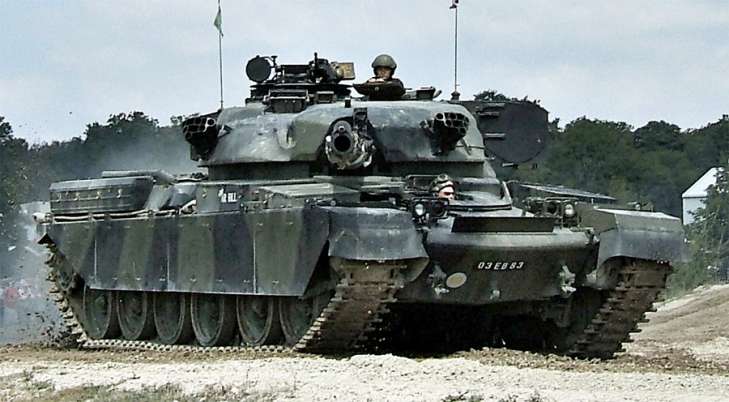
Amid the war in Ukraine, the South Korean company Hanwha Aerospace managed to increase its profits from arms exports elevenfold. The manufacturer's income amounted to $1.1 billion, and its shares rose by about 350%.
Bloomberg writes about this.
“As US and European defense contractors struggle to restart or ramp up production, Hanwha offers customers the benefits of uninterrupted production lines, unwavering supply chains and fast delivery times,” the material says.
In particular, Hanwha can assemble its flagship a K9 howitzer in about 180 days—two to three times faster than its competitors. Its products are also cheaper: the K9 costs about US$3.5 million, which is about 30-50% less than competitors.
Analysts point out that all arms manufacturers in South Korea have these advantages, including Hanwha's local competitors LIG Nex1 Co. and Hyundai Rotem Company Ltd.
"South Korean weapons are of high quality, as well as affordable compared to American and Western alternatives, and have established delivery systems," said a retired South Korean Navy captain and senior researcher Korean Institute of Military Affairs Yoon Sukjun.
Hanwha's resurgence reflects a gap in the global defense industry. American and most European manufacturers have switched to strategic weapons, precision-guided munitions and other advanced technologies. At the same time, many countries find these systems too expensive or abandon them due to the need for large-scale retraining of personnel.
This has opened the door to more “traditional” systems. Hanwha products.
"Defense companies in the US or Europe do not want to produce these weapons. “Korean-made weapons are not the most modern, but that's what Lockheed Martin and Boeing don't do,” Sukjun added.
Hanwha Aerospace focuses on producing “traditional” weapons. weapons, in particular tanks, self-propelled artillery units and armored personnel carriers. The manufacturer has become competitive, since Western companies prefer more modern and expensive weapons, but their capacities are not yet able to meet the needs for weapons for the Armed Forces of Ukraine.
Prepared by: Nina Petrovich

